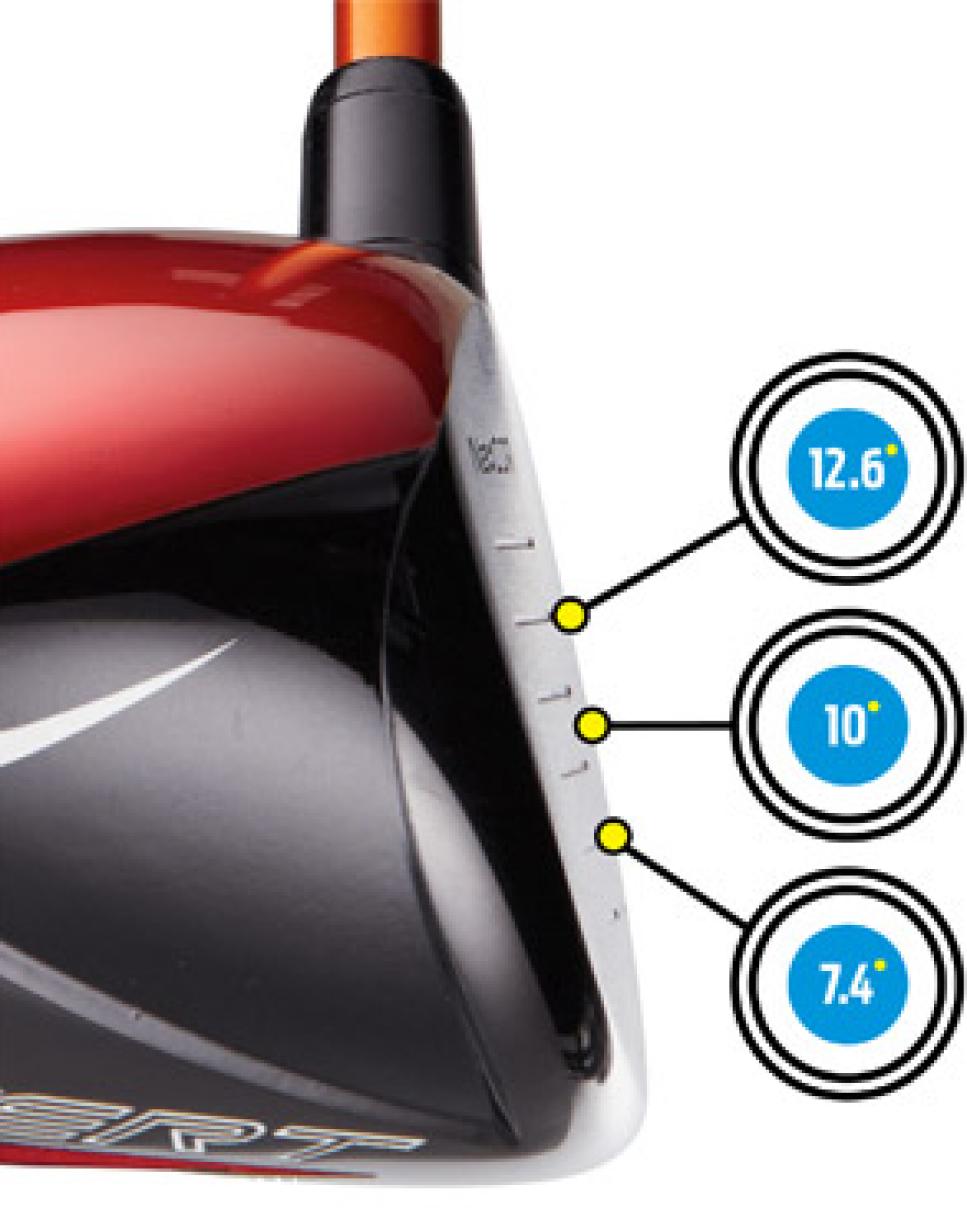Driving
How High To Tee It Up

For some time we've been seeing these new striped tees designed to help you set the ball at the same height every time. But the right height varies depending on the shot you're trying to hit and the playing conditions.
I tee it higher on calm days and whenever the fairways are soft. This helps me produce a higher trajectory and less backspin. The loft on my driver is 10 degrees, but only around the sweet spot. A half-inch higher on the face, the loft changes to 12.6 degrees; a half-inch lower, and it's 7.4 degrees. When you tee the ball higher, you have a better chance of swinging up on it and hitting the top part of the clubface, which launches the ball higher and with less distance-robbing spin. Less spin means you have a better chance of getting some roll.
Conversely, in some windy conditions teeing the ball lower might make sense to help keep it below the treeline. With the ball teed lower, you'll tend to hit slightly down on it and make contact lower on the clubface. When you do that, the ball flies lower and with more spin. The lower flight can help reduce the effects of the wind, and you'll get more control on the ground because more backspin means less roll.
Just be careful not to tee the ball too high or too low. The highest it should ever be is with half of the ball above the top of the driver; the lowest is with the top of the ball slightly higher than the top of the club. Remember, hitting it flush is what contributes most to controlling trajectory and spin.
FOLEY FILES
I know a lot of long drivers hit up on the ball to maximize carry distance and reduce backspin, but there's a right way and a wrong way to sweep it off the tee. Pay attention to where you feel your body weight during the downswing. Even though you want the driver to be slightly ascending at impact, make sure you transfer your weight to your front foot as you start down. The common mistake is keeping the weight on the back foot and trying to help the ball launch higher. You can shift forward and still hit up on it.
SEAN FOLEY, a Golf Digest Teaching Professional, is based at the Core Golf Junior Academy near Orlando.